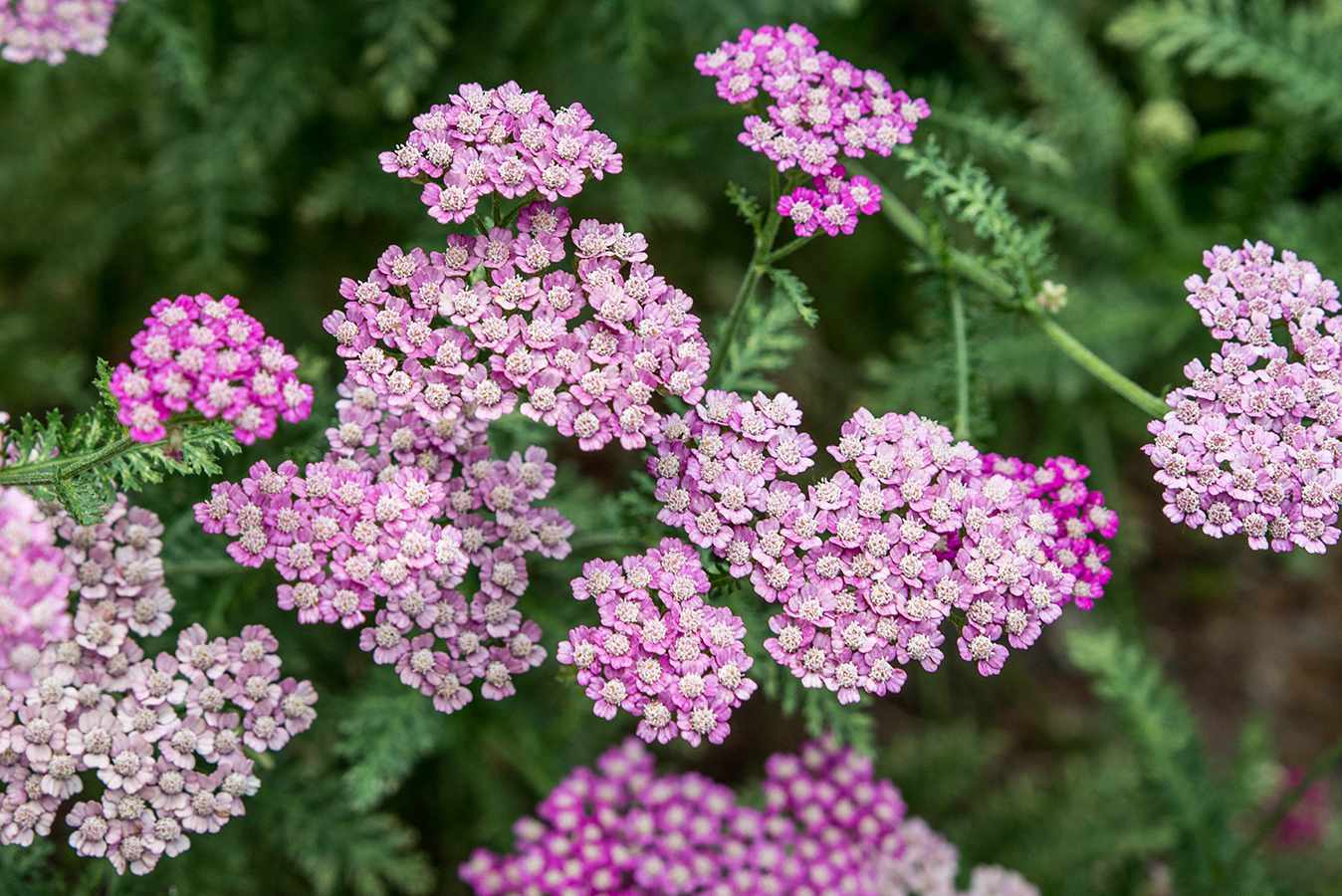
Yarrow, a plant often found in gardens and wild meadows, holds many secrets. Did you know yarrow has been used for centuries in traditional medicine? This hardy perennial, known scientifically as Achillea millefolium, boasts a rich history and numerous benefits. From its feathery leaves to its clusters of tiny flowers, yarrow is more than just a pretty face. It’s a powerhouse in herbal remedies, aiding in wound healing and digestive health. Gardeners love it for its drought tolerance and ability to attract beneficial insects. But there's more to yarrow than meets the eye. Ready to uncover some surprising facts about this versatile plant? Let's dive into the world of yarrow and discover why it’s a favorite among herbalists and gardeners alike.
Key Takeaways:
- Yarrow, also known as Achillea millefolium, has been used for centuries in traditional medicine and folklore. Its feathery leaves and clusters of tiny flowers make it a valuable plant with various uses.
- Yarrow is not just a pretty plant; it has unique botanical features and environmental benefits. From wound healing to attracting pollinators, yarrow plays a significant role in traditional medicine and ecosystem health.
What is Yarrow?
Yarrow, scientifically known as Achillea millefolium, is a flowering plant found in temperate regions worldwide. Known for its feathery leaves and clusters of tiny flowers, yarrow has been used for centuries in traditional medicine and folklore.
-
Ancient Medicinal Use: Yarrow has been used since ancient times for its medicinal properties. Greek hero Achilles reportedly used it to treat his soldiers' wounds, giving the plant its scientific name.
-
Multiple Names: Yarrow is also known by several other names, including milfoil, soldier's woundwort, and thousand-leaf.
Yarrow's Botanical Characteristics
Yarrow is not just a pretty plant; it has unique botanical features that make it stand out.
-
Feathery Leaves: The plant's leaves are finely divided and feathery, giving it a delicate appearance. These leaves are often compared to ferns.
-
Flower Clusters: Yarrow produces clusters of small, white, pink, or yellow flowers. These clusters can be quite large, sometimes reaching up to six inches across.
-
Hardy Nature: Yarrow is a hardy plant that can thrive in poor soil conditions. It is drought-resistant and can grow in a variety of environments, from meadows to roadsides.
Yarrow in Traditional Medicine
Yarrow's medicinal uses are vast and varied, making it a staple in traditional medicine cabinets.
-
Wound Healing: Historically, yarrow has been used to stop bleeding and promote wound healing. Its leaves were often applied directly to wounds.
-
Digestive Aid: The plant has been used to treat digestive issues, including bloating and indigestion. Yarrow tea is a common remedy for these ailments.
-
Anti-Inflammatory Properties: Yarrow contains compounds that have anti-inflammatory effects, making it useful for treating conditions like arthritis and muscle pain.
Yarrow in Modern Uses
Even today, yarrow continues to be a valuable plant in various fields.
-
Essential Oils: Yarrow essential oil is used in aromatherapy for its calming and anti-inflammatory properties. It is often included in blends for relaxation and pain relief.
-
Cosmetic Uses: The plant is used in skincare products for its soothing and healing properties. Yarrow extracts can be found in creams and lotions designed to treat skin irritations.
-
Gardening Benefits: Yarrow is a popular choice for gardeners due to its ability to attract beneficial insects like ladybugs and predatory wasps, which help control pest populations.
Yarrow in Folklore and Symbolism
Yarrow has a rich history in folklore and symbolism, adding to its mystique.
-
Love and Protection: In various cultures, yarrow is believed to bring love and protection. It was often used in love spells and charms.
-
Divination Tool: The plant has been used in divination practices. In some traditions, yarrow stalks are used to cast the I Ching, an ancient Chinese divination text.
Yarrow's Environmental Impact
Yarrow plays a significant role in its ecosystem, contributing to environmental health.
-
Soil Improvement: Yarrow helps improve soil quality by adding nutrients and organic matter. Its deep roots also help prevent soil erosion.
-
Pollinator Friendly: The plant attracts a variety of pollinators, including bees and butterflies, making it an important part of maintaining biodiversity in gardens and wild areas.
The Final Word on Yarrow
Yarrow's not just a pretty face in your garden. This plant packs a punch with its medicinal properties, historical significance, and ecological benefits. From treating wounds to attracting beneficial insects, yarrow's versatility is impressive. Ancient cultures revered it, and modern science backs up many of those old uses. Whether you're a gardener, herbalist, or history buff, yarrow offers something valuable. Its ability to thrive in various conditions makes it a resilient addition to any landscape. Plus, its role in supporting pollinators can't be overstated. So next time you see those feathery leaves and clusters of tiny flowers, you'll know there's more to yarrow than meets the eye. Embrace this powerhouse plant and let it work its magic in your life.
Frequently Asked Questions
Was this page helpful?
Our commitment to delivering trustworthy and engaging content is at the heart of what we do. Each fact on our site is contributed by real users like you, bringing a wealth of diverse insights and information. To ensure the highest standards of accuracy and reliability, our dedicated editors meticulously review each submission. This process guarantees that the facts we share are not only fascinating but also credible. Trust in our commitment to quality and authenticity as you explore and learn with us.


